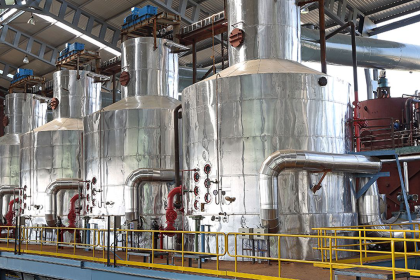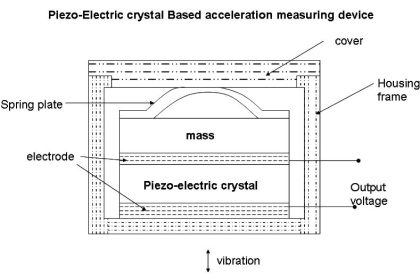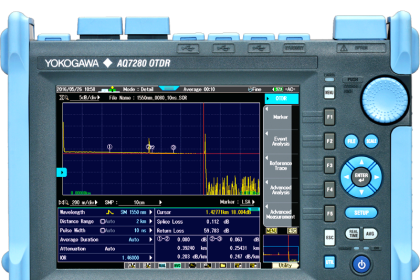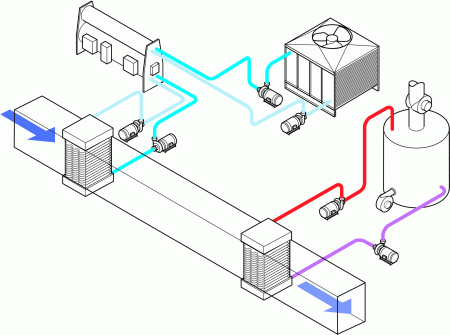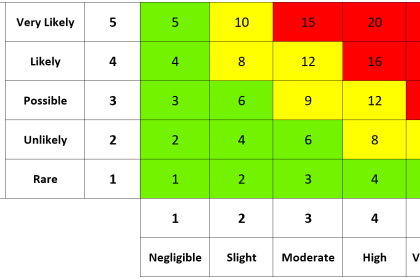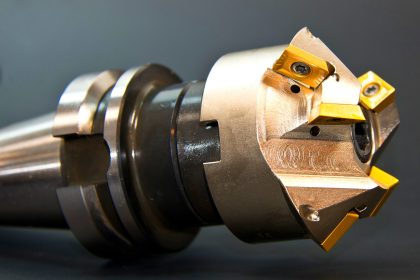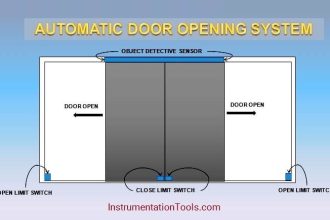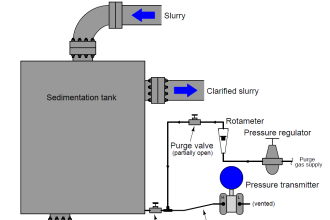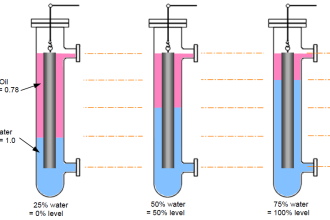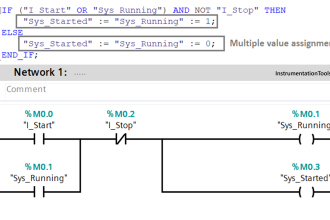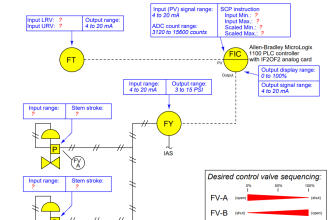In this article, you will learn about the sugar plant automatic control of massecuite feed for the continuous centrifugal machine through IRIS valve.
In a manual control feeding system due to different viscosities and varying lines, pressure results in uneven massecuite feed, and the lubrication water remains to feed lubrication water remains unchanged for different feed rates to the centrifuge.
This results in reduced capacity and higher molasses purity/Dilution of molasses.
Improving the capacity of the centrifugal machines requires automation of massecuite feed of water wash.
Automatic Control of Massecuite Feed
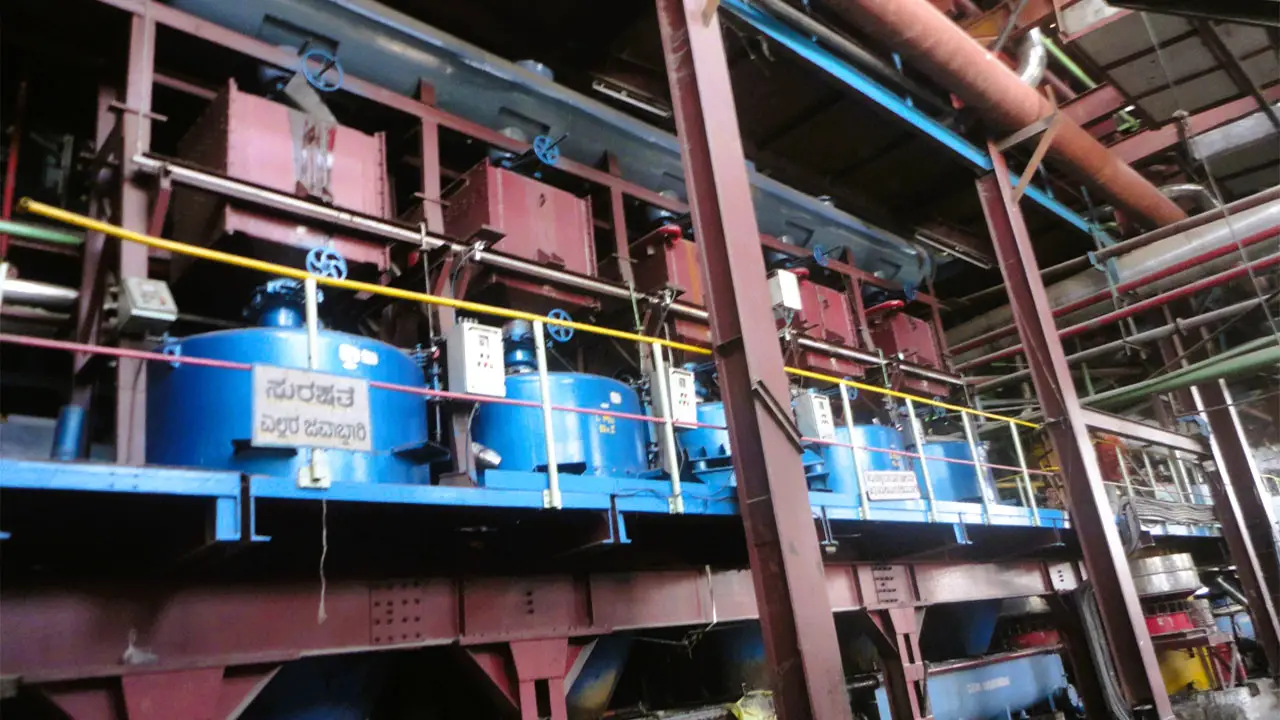
The automatic IRIS flow control valve can easily control massecuite feed for different viscosities and varying line pressure result in uneven massecuite feed.
The automatic massecuite feeding system controls the loading of the centrifugal subject to the motor load by means of adjusting the opening of the IRIS valve.
The massecuite must contain minimum lumps; the IRIS valve provided is operated by an electro-Pneumatic Actuator.
For a high control precision the pneumatic actuator is designed for a high number of operations, to control the desired quantity of water wash the needle valves are to be adjusted manually.
Operation
The feed rate of the massecuite is directly proportional to the load current of the motor hence to maintain the constant flow we are sensing the motor current and keeping it constantly by varying the valve opening.
The electronic controller is provided to control the desired load current of the centrifuge motor we can change the load current value at the controller the load current of the continuous centrifugal motor is sensed by the transducer, and it converts the signal suitable to the electronic controller, the electronic controller compares this valve of current with the preset current value and gives a proportional output signal to Electropneumatic positioner.
The E/P positioner as per the flow requirement of the system, the variable resistor is provided to sense the exact position of the valve, the E/P positioner compares the signal from the electronic controller with the valve feedback resistor and gives a proportional O/P signal to the E/P solenoid valves, these valves actuate the valve cylinder actuator accordingly.
What is the Centrifugal Machine?
A centrifugal machine consists of a stainless steel cylindrical basket. The basket is mounted on a slender round rod with perforated sides lined by wired cloth with metal sheets containing 400 to 600 perforations per square inch.
The speed of a centrifugal machine is 1500 to 2100 RPM.
What is the Principle of the Centrifugal Machine?
A centrifugal machine works on the principle of sedimentation. Which are influenced by gravitational force. The material is separated based on its density.
Various modes of separation include isopycnic, ultra-filtration, density gradient, phase separation, and pelleting
Continuous Centrifugal Machine Construction and Working
- The basket inside this continuous centrifugal machine is in the form of an inverted cone with an angle of 30 and 34Degrees.
- Both cones and motor are mounted on a vertical axis and driven by ‘V’ belts.
- The heated massecuite is fed to the basket from vertical movement accelerated gradually to prevent crystal damage.
- Hot water more than 60 degrees Celsius or final molasses is sprayed to massecuite to prevent adhering to the surface of the basket and to reduce its viscosity for better centrifugation.
- The quantity of wash water sprayed is about 3.5% to 5% of massecuite, with a pressure of 2 kg/cm2.
- The wash water must be sprayed at the lowest point of the basket with the nozzle having an orifice of 1.5mm to 2.2 mm.
- The thickness of massecuite at the discharge must be 2 to 5 mm equal to the dimension of the biggest crystal.
- The cold massecuite reaches the bottom cone and strikes the bottom plate of the basket.
- Sugar is now discharged from the basket and disintegrated into the fine stream.
- The final molasses known as mother liquor flows through the filter screen via a molasses discharge pipe.
- Angle of the basket to the horizontal axis and speed for B and C massecuite with a motor capacity of 45 KW is shown in the below table
| Angle of Basket | Speed | |
| B Massecuite | 30 Degrees | 1500 RPM |
| C Massecuite | 34 Degrees | 2100 RPM |
Advantages of Centrifugal Machine
- Operation is obviously ideal from the mechanical point of view.
- The machine runs at a constant speed without stopping.
- Produces a constant output.
- No power peak loads.
- Least recirculation of molasses.
- Better quality of purged sugar.
- Final massecuite can be boiled to the highest risk and least purity possible.
- Final massecuite can be cooled to the least possible temperature resulting in the highest exhaustion of mother liquor.
- Reduction in massecuite % cane.
- Low operation cost.
- Maintenance costs are low.
The disadvantage is Grain breakage
Note: The process parameters and equipment data may vary from plant to plant.
